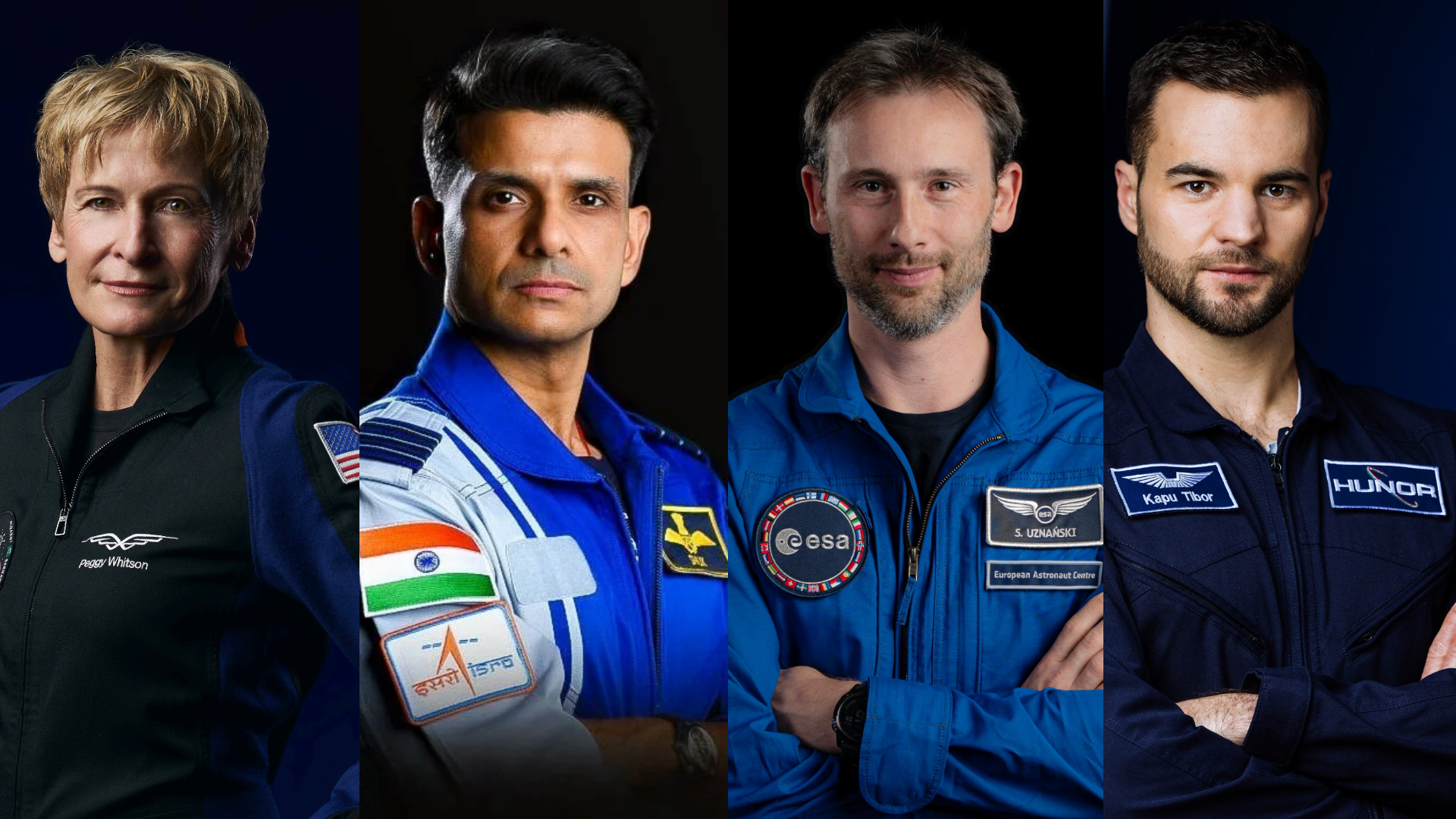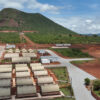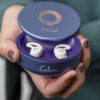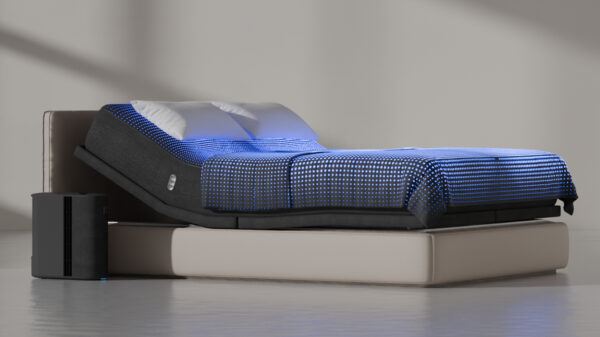A multinational group of astronauts will soon be using wearable sleep technology to collect data on their trip into space.
On Jun. 10, the Axiom 4 Mission will launch from NASA’s Kennedy Space Center in Florida. The purpose of the endeavour will be to conduct a series of 60 scientific studies on behalf of over 30 nations.
While aboard the International Space Station, the interstellar travellers will be utilizing the Oura Ring to monitor their sleep cycles.
“This technology demonstration aims to develop and test the digital infrastructure required to process and analyze data from a wearable device collected during the Ax-4 mission via edge computing,” Axiom Space specified. It will help them to understand how sleep quality is impacting their performance during daily activities.
Normally, Oura processes data through a corporate cloud system on the ground, but in this case, it will be examined by devices aboard the station. The rings being employed for sleep monitoring are equipped with advanced sensors that measure heart rate, blood oxygen levels, temperature, breathing, movement and stress.
“Ultimately, this demonstration will showcase whether we can collect, store, and analyze that data and empower crew members to make decisions without needing to connect to the ground,” Josh Arceneaux said. He is a space flight director at Booz Allen — a company participating in the mission alongside NASA, SpaceX, Finland’s Oura and Axiom Space. Booz Allen specializes in celestial applications for generative AI.
The astronauts embarking on the journey next week are from the United States, Hungary, Poland and India. This expedition represents the first government-sponsored space flight for the latter three nations in more than four decades. The diverse group will be boarding one of Elon Musk’s SpaceX Falcon 9 rockets.

The wearable devices being utilized. Photo credit: Oura
Read more: Virgin Galactic stock takes flight after exceeding Q1 expectations
International Space Station is a multinational research hub
Like the mission that the group of space travellers leaving on Tuesday are undertaking, their destination’s operations and maintenance requires the efforts of multiple countries.
The low-orbit vessel is managed by five agencies: NASA, the Canadian Space Agency, Russian Roscosmos, the Japan Aerospace Exploration Agency and the European Space Agency.
Most notably, the International Space Station is the most expensive man-made object in history, costing more than US$150 billion since the late 1990s.
To date, more than 270 people from 21 countries have visited the installation. Over 3,000 experiments have been conducted on it.
The station sits about 400 kilometres above the Earth and completes a full orbit around the planet every 90 minutes. Russia launched its first module in 1998.

The International Space Station. Photo credit: NASA
Read more: Sidus Space heads for the stars with 220% spike, but why?
Follow Rowan Dunne on LinkedIn
rowan@mugglehead.com













